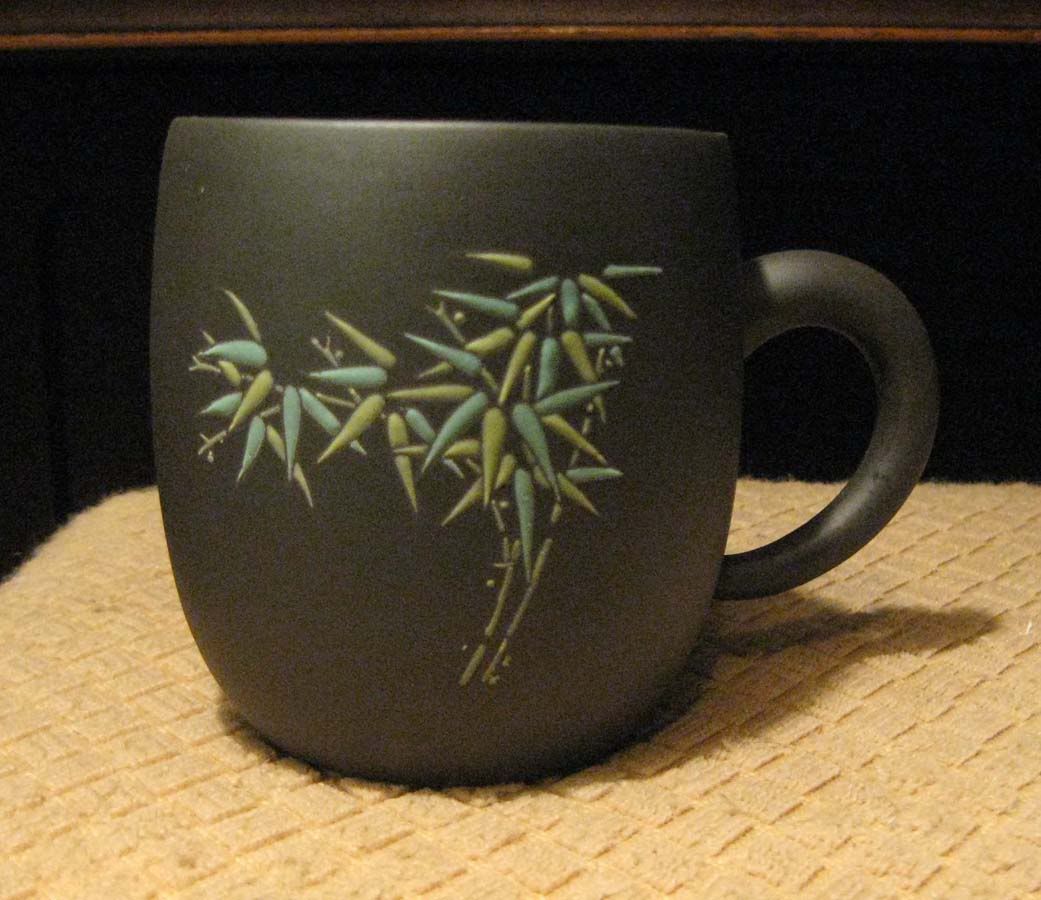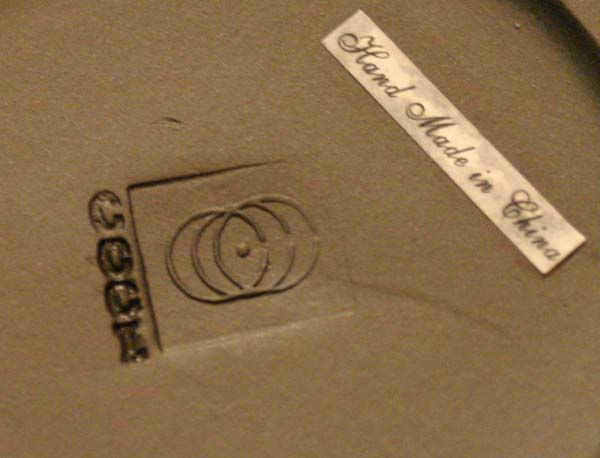by Herb_Master » Dec 27th, '08, 06:58
1. The first thing to know about Oolong is that it can be oxidised any where from 15% / 20% up to 75% / 80% giving you greener oolongs not far removed from green tea or much fuller Oolongs almost like black tea.
2. Additionally , although Oolong canm also be found from India, Vietnam, Korea and a few other places, the vast majority of Oolong comes from just 4 places
North Fujian (Min Bei) - Wuyi Mountains [and generally inferior, though still good as you move outwards from the centre of the highly prized scenic area of Wuyi to the rest of the North Fujian (usually darker, long leaves and robuster brews)
South Fujian (Min Nan) - Anxi County [and a few other places, there is a good Fou Shou from outside Anxi] (usually lighter and grassier with the greener leaves frequently rolled into little pellets)
Guangdong - specifically the Feng Huang (Phoenix) mountain area. These have darker, slightly twisted leaves and if called Dan Cong are at the top end of their teas. Dan Cong (Single Bush) means that all the leaves have been taken from a tea Tree of the same varietal (often even just one individual Tree) And surprisingly without any addition at all during processing these teas are likened to the expressive fragrance (Xiang) they exhibit so are given names of the fragrance so 'Xin Reng Xiang' means 'Almond Blossom Fragrance', 'Yu Lan xiang' means 'Magnolia Blosson Fragrance'.
Taiwan - the island of Formosa lies just offshore from Fujian and imported the bushes and skills from From Fujian a few centuries ago, but continued to improve on the varieties and production techniques there are many different high quality Oolongs from here - in the north they may favour the North Fujian style but generally they tend to mimic South Fujian styles and you will find the leaves greener and rolled into pellets or other less than fully extended leaf forms. Though I have used the word "mimic" above the Taiwanese produce very high quality oolongs in a way that has evolved to become their own signature. The other interesting Oolong from Taiwan is bao Zhong or Pouchong which is so lightly Oxidised it is almost dropping out of the Oolong category towards Green Tea.
3. In addition to oxidising, the the tea leaves need roasting, and the level of roasting varies greatly within all the regions according to the dictat of individual tea makers. Some decades ago the general trend was for fuller roasting (sometimes called Classic or Traditional) the trend though has been to make lighter roastings - you need to find a vendor that describes the tea sufficiently for you to know what you are getting roast wise.
4. The 2 Stand out names among Oolongs are Da Hong Pao (Big Red Robe) a fuller darker brew from North Fujian and Tie Guang Yin (Iron Goddess of Mercy) A lighter greener brew from South Fujian (and Taiwan). Because they are so famous they are labelled as such by many, many, many vendors - the really good ones cost a lot of money, some cheaper ones are very good also BUT there are a lot of mislabelled packages available which contain inferior leaves, or good leaves cut with a lot of other leaves, or even different leaves altogether. So choose from a trusted source, or start by exploring some of the countless others.
5. Varietals are a key element in the understanding and enjoyment of Oolongs, but many vendors create their own fanciful signature names and don't tell you which varietals are involved - this is fine if you find a tea that you like and are content to repeat buy, but will not enhance your search for Oolong knowledge.
The older the tree the more likely the roots are getting better minerals to feed the leaves - an old bush is called 'Lao Cong'
There are many many more things to learn about Oolong, why not post a question or 2 in the oolong forum.
Best wishes from Cheshire


